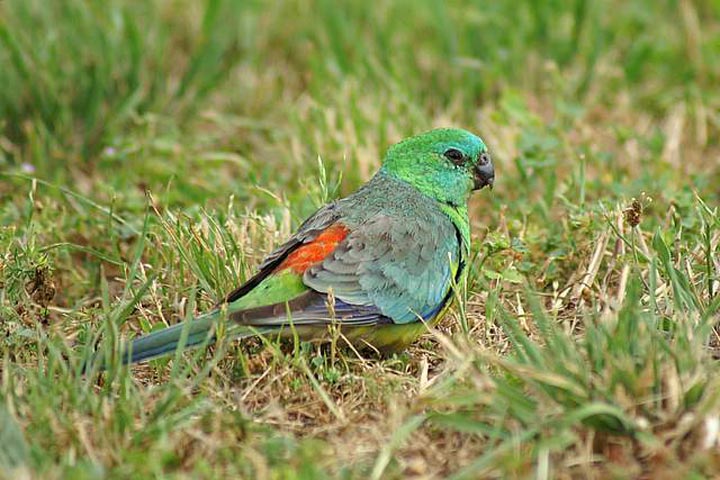
Red Rumped Parrot as a pet
The Red rumped parrot (Psephotus haematonotus) is also known as the parakeet due to its size and it a common bird of south-eastern Australian, in particular the area around the Murray-Darling Basin.
The wild form of these birds is typically around 28cm in length, slim and elegant. The male has bright emerald green feathers, with yellow underparts, a deep red rump and blue patches on the wings and upper back. The female is less colourful with olive underparts, dull green wings and back and blue-black wingtips. She also lacks the red rump.
In captivity there have been some startling mutations bred in Red rumps. These include cinnamon, blue, lutino, opaline, pied and fallow birds which all display vibrant and beautiful colours. The blue mutation for example can be a brilliant turquoise colour while the opaline has a yellow breast and red, blues and greens on the wings and back.
In their natural habitats, the Red rump lives in pairs or in flocks in open country with easy access to water. They don’t like the coast and prefer heavily wooded areas while the provision of water for cattle has actually allowed them to extend their natural range. They often use suburban areas such as gardens or parks as their colouration gives them the camouflage to feel safe.
Unlike parakeets such as Budgerigars, Red rumps have a pleasant and melodic song, though can be quite loud in some of their calls.
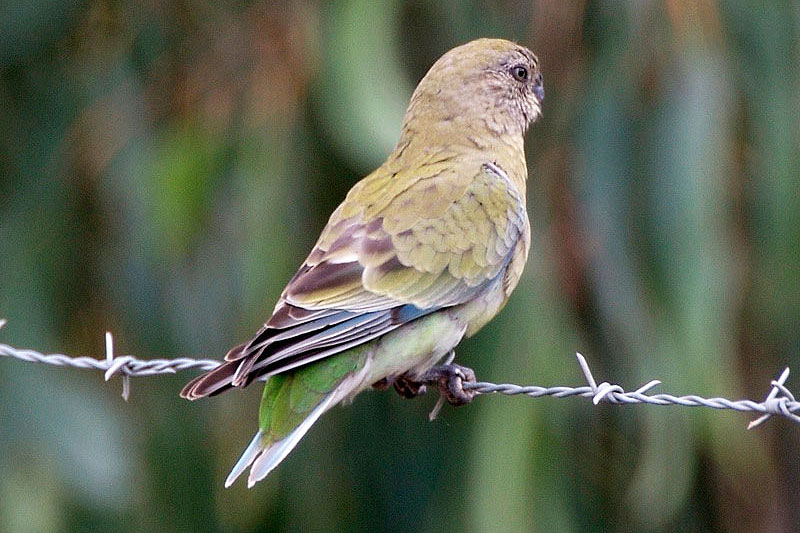
Keeping Red Rumped Parrots
Red rumps have a reputation for being aggressive and being unsuitable for a mixed aviary. This stems from two causes; firstly not being enough room for them which can make their natural territorial behaviour become amplified and lead them to strike out at other birds. Secondly, they are housed with birds they view as a threat to their mate and young and feel the need to protect them. They can sometimes harm smaller birds such as finches not intentionally but simply because of the size difference.
Therefore, if you are keeping them in an aviary, a single pair is always the best bet. While in the wild they do form communal groups, there is far more space to get away from each other than in an aviary. An aviary with at least 12feet in length is a minimum recommended requirement for them to give them to space they need to be happy.
Red rumps can be housed in a spacious cage but will need to have plenty of time outside of the cage, so therefore this is an option best suited to birds that have been raised wholly or substantially by humans. Otherwise, this can lead to the stress of having to catch them to return them to the cage, potential injury and eventual behaviour problems due to the stress. If a bird has been raised in an aviary with only modest human contact, that is the best place for it to be.
Red rumps are usually well acclimatised to our temperature but do need to have access to frost free night accommodations. It always pays to check with the breeder what kind of conditions they have been kept in however, to avoid any temperature problems.
Feeding
Red rumps will enjoy a good parakeet or cockatiel mix with the addition of green food and Italian millet. They do eat egg food but this tends to be during breeding season to help feed the young. Favoured greens include lettuce, spinach, green beans, and broccoli as well as vegetables such as peas, corn and carrots. They will try fruit such as apple and weeds such as chickweed.
Grit should always be available to them and wheat germ oil is recommended as a supplement to help avoid egg binding, as well as for vitamin properties.
Breeding
Natural breeding space is a tree hollow or hole in a fencepost or a stump. They breed from August to January in the wild though in drier parts of their range are more tied to rainfall than seasons as a breeding trigger.
In captivity, they have proven to be relatively easy to breed given a large enough area and a spacious nest box. Usually a layer of peat and wood shavings are added to the space to allow them to line the nest as they see fit and then hen incubates the eggs, of which from four to seven are typically laid. She will do this once the male has displayed for her, usually by stepping from side to side on a perch and calling. He then raises to his full height, leans forwards and fans out his tail while bobbing his head around.
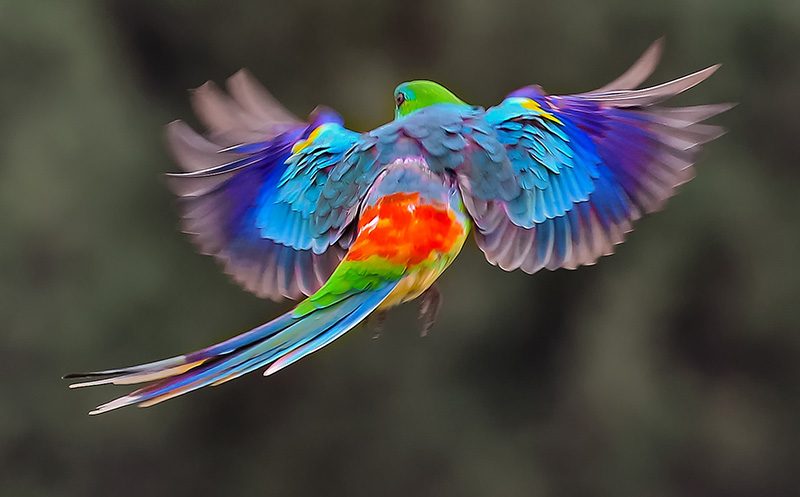
Photo by : Barrie Hanckock
Hens do not leave their nest when on eggs, even if someone checks their nest and are fed by their mate. Hatching occurs around 20-25 days later and they fledge at around five weeks of age. By 7-8 weeks old, they are weaned and self-supporting.
Once the chicks have fledged, it is necessary to remove them from the enclosure where their parents are as soon as they are self-sufficient, or before if the cock shows signs of aggression. These are very territorial birds and will quickly see their own young as a threat.
Strangely, despite their territorial nature, Red rumps are known to make excellent foster parents for other similar species of Australian parakeet. As long as the chick looks sufficiently like their own that they can recognise it, they will feed and raise it as one of their own.
Conclusion
Red rumps are visually stunning birds in their many variations and can be a pleasure to keep. It is worth remembering though that their reputation for aggressive behaviour is warranted and while a young bird raised around others may not be as much so, instinct will always win. Therefore keep them with birds who can manage their behaviour and in a large enough space to avoid the worst of the problems. Doing this will lead to a peaceful and happy aviary and successful breeding of more beautiful little rumps.

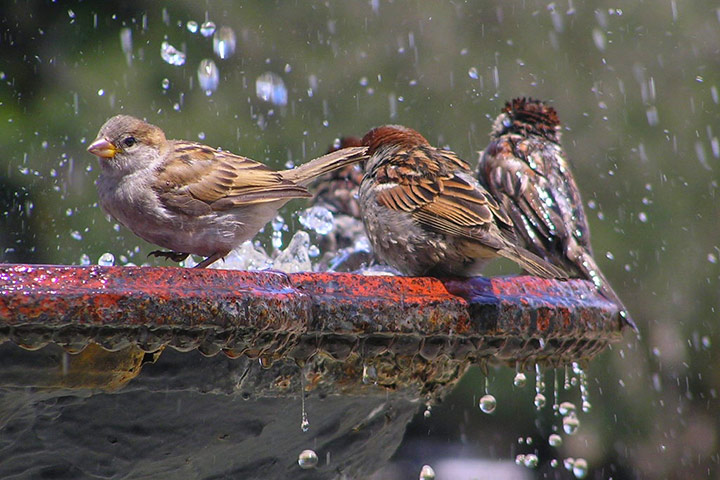
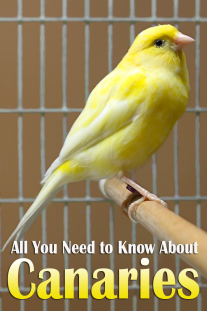
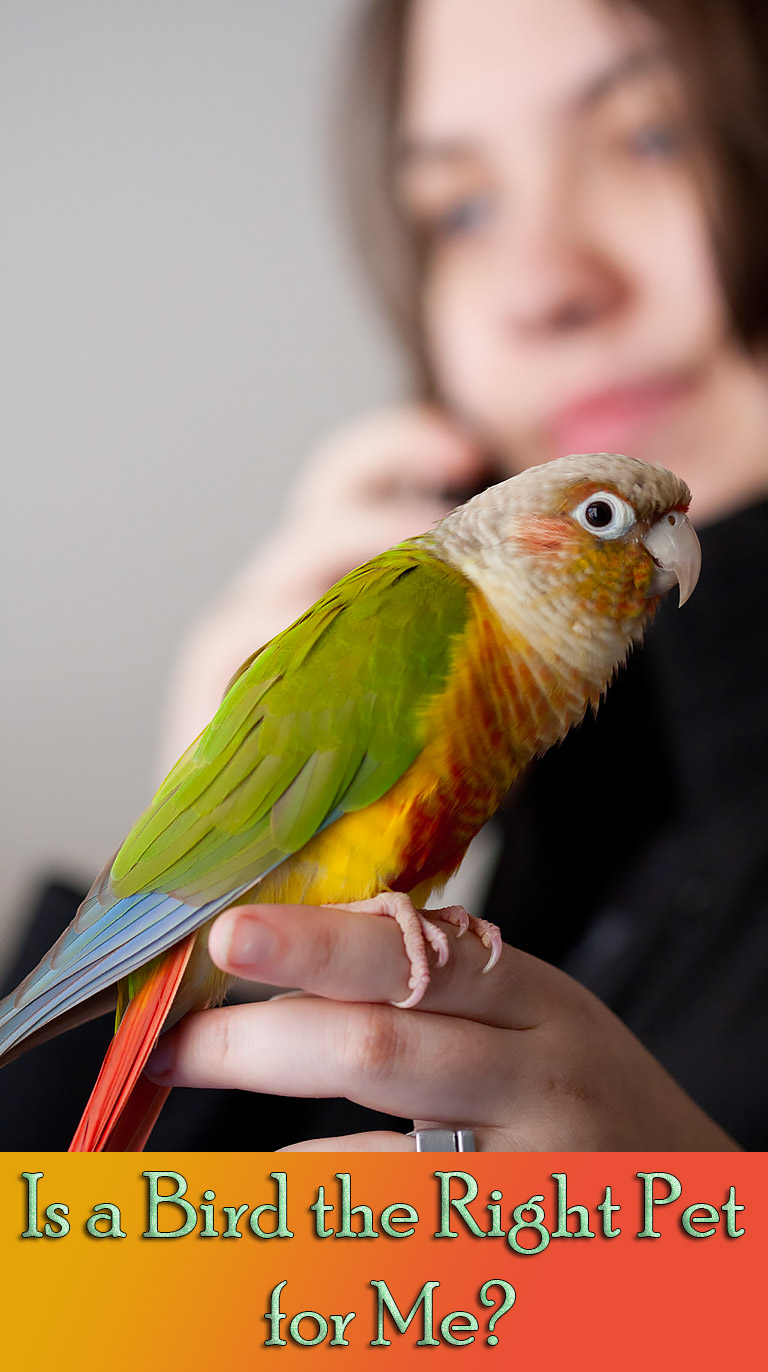
Leave a Reply